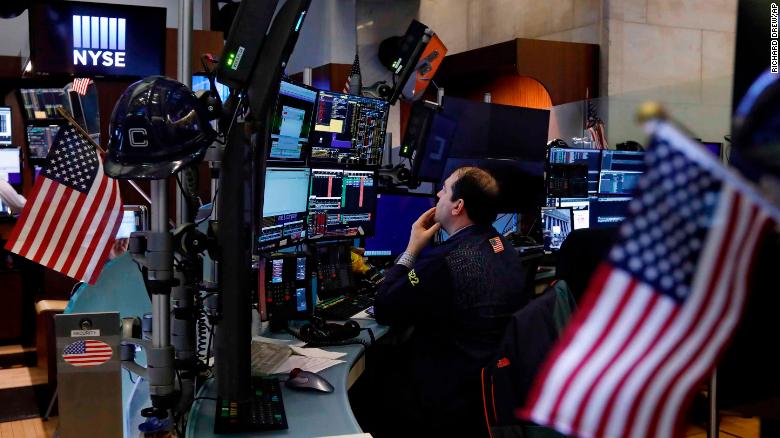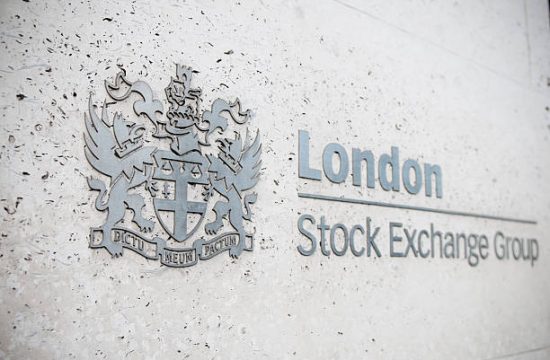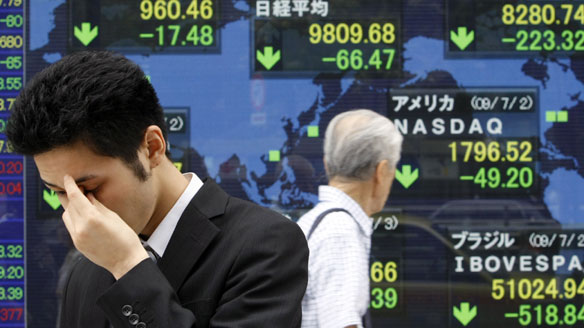Trade statistics are out in Asia, and it is not looking good for global recovery. In South Korea, which serves as a barometer of global trade, imports are down 21% YoY while exports are collapsing by 23.6% YoY in May. These very bad figures reflect the direct impact of the COVID-19 crisis but also a very weak base effect as South Korea’s trade data started to slow down a lot before the outbreak.
Looking at the below chart, we are not heading towards a V-shaped recovery but rather a total L-shaped recovery, at least when it comes to global trade. Digging further into the Customs Service report, there is little room for optimism. Without much surprise, South Korean’s exports to the U.S. and the EU tumbled in double-digit last month due to the strict lockdown implemented by Western countries.
On the upside, if I can put it that way, export to China is deteriorating at a slower path, falling only by 2.4% YoY. This is obviously much better than deterioration at a faster rate, but it does not mean there is an actual improvement or that recovery is happening. The only bright side of the report is the strong jump in semiconductor export at 6.5% YoY.
Indonesia’s trade statistics have also been published this morning. It was just as bad if not worse. The fall in imports is more important than that of exports. Imports collapsed by -42,2% YoY and exports by -28.9% YoY in May, resulting in a very large trade surplus. The country is mostly a domestic demand-driven economy, and these figures confirm once again that the virus results mostly in a demand shock. This means that growth will be very negatively affected by the current situation, especially if the government does not quickly take further measures to support consumption.
We had observed a similar trend of a greater decline in imports than in exports in China when trade balance statistics were released last week. It tends to indicate that once the lockdown is lifted, industrial production bounces back strongly, but consumption and more broadly demand remain sluggish. This situation is worsened in China by the fact the government has a relatively restrained approach to demand stimulus with no real effort made to support workers’ income. However, we can draw useful conclusions for Europe. As China is about two months ahead of Europe in this crisis, it is highly likely we may see the same situation of a rebound in industrial production and timid demand emerging very soon.
Best regards.













